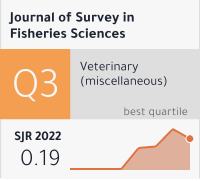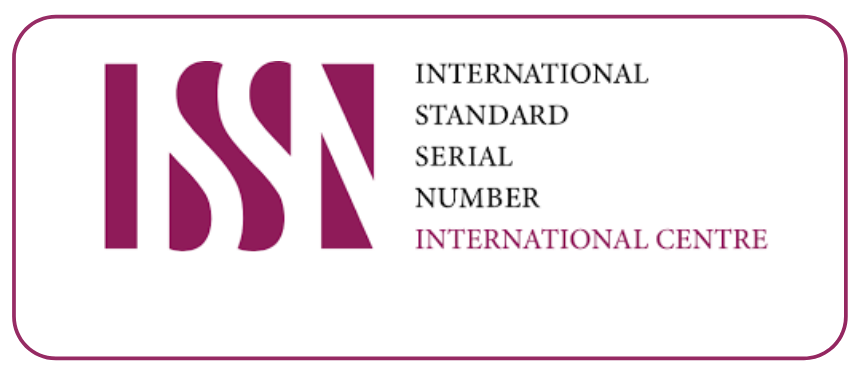Integration Of Cat Fish Clarias Batrachus Into Carp Poly Culture System For Economic, Food And Nutritional Security Of Vulnerable Communities Of Ganjam District Of Odisha
DOI:
https://doi.org/10.53555/sfs.v10i6.3426Keywords:
Integration of, carp poly culture, nutritional security, vulnerable communities, Ganjam, OdishaAbstract
Poly culture involving Indian Major Carps (IMCs) is becoming more popular these days in developing countries to improve aquaculture production. Small, poor and marginal farmers resort to semi intensive culture in small or moderate sized earthen and un-drained ponds while taking a transition from conventional age old traditional farming for boosting income and safeguarding livelihood by Southeast Asian or Philippines cat fish, Clarias batrachus once dominated the aquatic niches almost all states of India. Developing countries often resort to semi intensive fish farming in the small sized earthen and un-drained aquaculture ponds. Natural pond productivity and supplementary feeding are key determiner for higher aquaculture production. But farmers cannot afford to rising cost of commercial fish feeds. To maintain enhanced production they rely on alternative indigenous farm made fish feeds to feed the cultured fish. Our study conducted in six different blocks (Aska, Bellguntha, Bhanjanagar, Polasara, Rangeilunda and Surada) of Ganjam district of Odisha to investigate the quality and quantity fish production due to application of locally available farm made fish feeds. In total 165 small and marginal fish famers (men and women) were interviewed. Out of them 139 farmers solely depend on farm made fish feeds(cow dung, rice bran, wheat bran, ground nut cake, mustard cakes and 26 farmers use both farm made fish feeds and commercial fish feeds (in the proportion 2:8). Out of Six carp poly culture ponds and integrated carp poly culture ponds with cat fish Clarias batrachus when conditioned with similar fish feed supply over all greater productivity observed. Rural small, poor and marginal farmers often adapted to traditional fish farming without taking any proper care or management of either the aquatic resource or the fish species itself. In the conventional farming have in adequate knowledge regarding the standardized and nutritionally balanced farm made fish feeds and even have a poor idea about the dietary requirement of fish. Then when they venture into Due to lack of proper knowledge about the nutritional content of traditional or farm made fish feeds, small marginal rural farmer can not apply the feed in desirable qualities. For which the fish production is not optimized under culture condition. Small scale farmers should be trained for preparation of balanced fish feeds for sustainable and increased carp production for enhancing their food and economic security. Optimized and sustain production through aquaculture intervention needs the proper functioning of many orchestrated parameters The indigenous fresh water and most valuable fish species Clarias batrachus is threatened by devastating factors like drought, habitat destruction, hazardous agrochemicals and even culture of most invasive African cat fish species Clarias gariepinus. Introduction of Clarias batrachus in aquaculture intervention can be a reasonable approach towards the conservation of the most gifted cat fish species in Indian sub continent for economic, food, nutrition and livelihood security. Rural poor farmers can be trained properlyDownloads
Published
2023-12-24
Issue
Section
Articles









